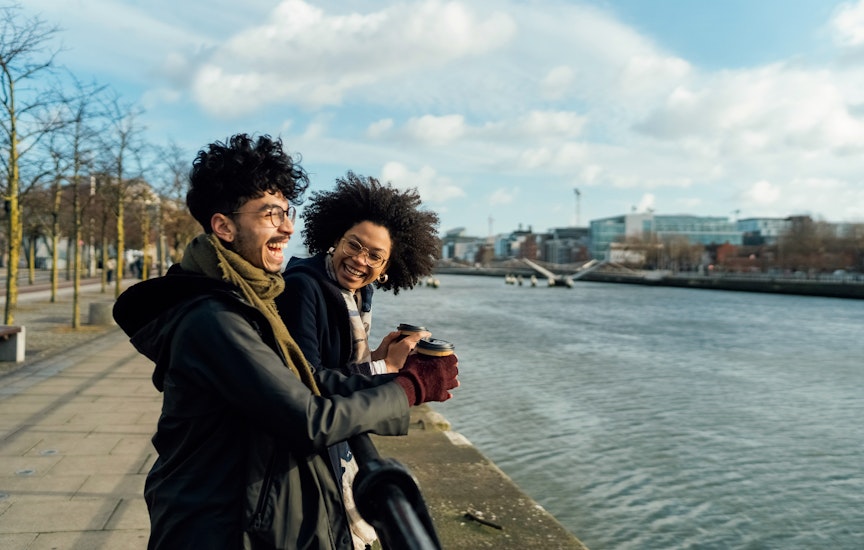
Overview
One of the highlights of the Wild Atlantic Way, the Dingle Peninsula (Corca Dhuibhne) culminates in the Irish mainland's westernmost point. In the shadow of sacred Mt Brandon, a maze of fuchsia-fringed boreens (country lanes) weaves together an ancient landscape of prehistoric ring forts and beehive huts, early Christian chapels, crosses and holy wells, picturesque hamlets and abandoned villages.
Leave the planning to a local expert
Experience the real Dingle Peninsula. Let a local expert handle the planning for you.
Must-see attractions
Get a book. Get inspired. Get exploring.
in partnership with getyourguide










